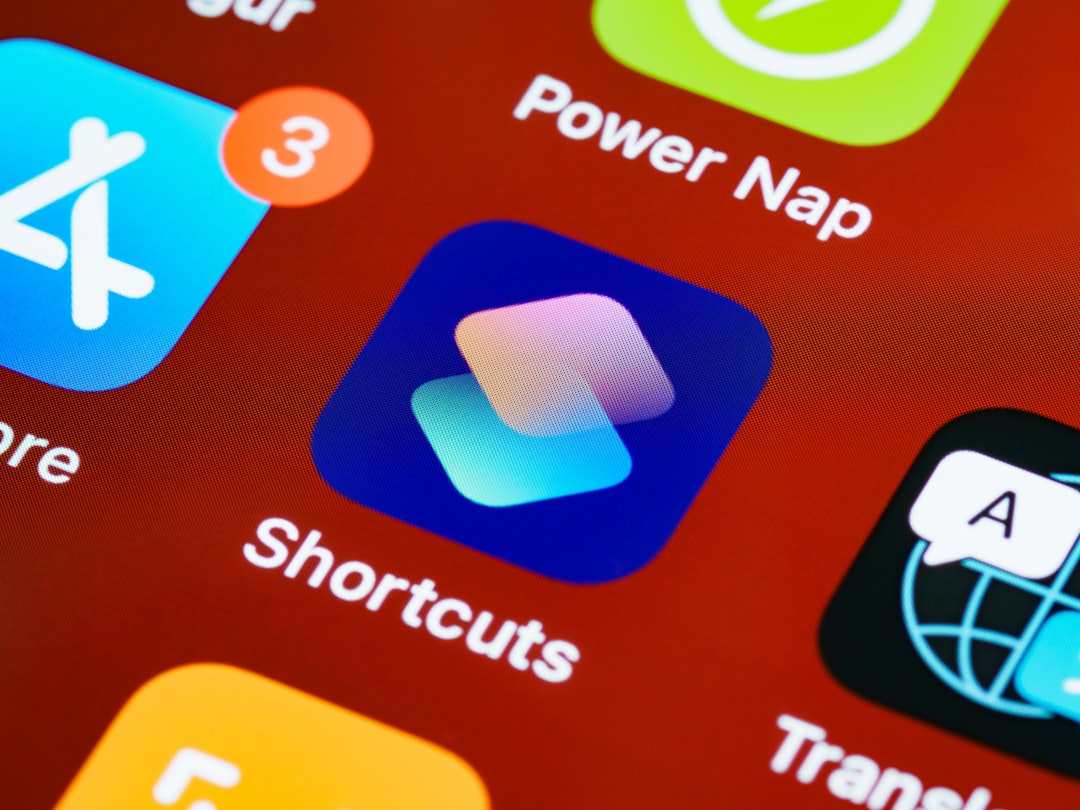In the age of visual storytelling, glitch art has emerged as an electrifying and unconventional aesthetic that turns video errors into a form of artistic expression. Particularly in social media circles, the retro-futuristic, pixel-twisting vibe of glitch effects has taken off, becoming a staple in TikToks, reels, music videos, and digital installations. As the demand for glitch art grows, so does the need for tools that allow you to create it easily and effectively. Among these tools is Datamosh CapCut, a relatively new feature within the CapCut video editing app that promises to deliver high-quality glitch visuals with just a few taps. But how does it stack up against other prominent video editors?
What Is Datamoshing?
Before diving into the comparisons, it’s essential to understand what datamoshing actually is. In simple terms, datamoshing is a video editing technique that involves the intentional removal or manipulation of keyframes in video data to produce unpredictable digital distortions. These distortions result in colorful smears, pixel degradation, duplication, and other surreal visuals often associated with digital artefacts.
While the results may seem random, a well-executed datamosh effect often requires a deep understanding of video compression and frame-by-frame editing. Traditionally, this would involve tools like AviDemux combined with manual encoding tweaks—tedious and not always accessible to the average content creator.
Fortunately, modern video editors like CapCut and others have stepped in to bridge the gap, offering user-friendly alternatives to produce glitch art with minimal technical know-how.
CapCut and the Datamosh Effect
CapCut, known best as the go-to video editor for TikTok enthusiasts, has introduced the Datamosh effect as one of its many preloaded glitch filters. The integration of datamoshing into a mobile-based platform is a game-changer for artists and influencers looking to incorporate that digital meltdown style into their videos quickly.
With CapCut’s Datamosh tool, users can:
- Choose multiple clips and apply seamless glitch transitions between them.
- Customize the intensity and duration of datamosh effects.
- Preview glitch transitions in real time before finalizing edits.
These features make it an excellent entry point for beginners or social media content creators who want high-impact visuals without diving into complex software. However, as with most easy-to-use tools, there are trade-offs in customization and control.

Other Popular Video Editors for Glitch Art
In contrast to CapCut, many other video editors require a mix of plugins, presets, or manual techniques to achieve comparable glitch aesthetics. Here’s a breakdown of how other platforms perform when it comes to creating glitch art:
1. Adobe After Effects
Pros:
- Unmatched power and flexibility for making glitch effects from scratch.
- Support for custom plugins like Data Glitch or Bad TV.
- Professional-grade keyframing and compositing tools.
Cons:
- Steep learning curve, especially for beginners.
- Requires a subscription to Adobe Creative Cloud.
- Time-consuming for short-form, fast-turnaround content.
2. Premiere Pro
While not as granular as After Effects, Premiere Pro allows you to use glitch presets and keyframe transitions to mimic datamoshing effects. It’s often used in combination with After Effects for enhanced results.
3. DaVinci Resolve
Pros:
- Excellent color grading features that can complement glitch aesthetics.
- Plugins and community tools available for custom glitch effects.
- Fusion tab helps simulate data-warp filters.
Cons:
- Takes time to master, especially for non-video professionals.
- Resource-heavy software that requires a powerful machine.
4. Shotcut and Open-Source Tools
For those seeking a free alternative, open-source video editors like Shotcut or Avidemux provide basic glitch effects, but with less polish and ease of use compared to CapCut and Adobe tools. They sometimes enable more “authentic” datamoshing by allowing direct manipulation of video frames and compression errors.
Datamosh CapCut vs Other Video Editors: Head-to-Head
If you’re still wondering which tool might be best for you, here’s a comparative look based on key considerations:
| Criteria | Datamosh CapCut | Adobe After Effects | DaVinci Resolve |
|---|---|---|---|
| Ease of Use | Very Easy | Moderate to Hard | Moderate |
| Customization | Limited | Extensive | Strong |
| Rendering Speed | Fast, Mobile-Based | Slower, Depends on Effects | Moderate |
| Best For | Social Media Videos, Reels | Pro Visual Effects and Music Videos | Film-Grade Projects With Glitch Elements |
This table underscores the convenience that CapCut offers to everyday content creators, especially those primarily operating on social media platforms. In contrast, video professionals or experimental film artists might prefer software that provides granular control—even if it comes at the cost of usability and speed.
When to Choose CapCut’s Datamosh
If you’re a casual creator, influencer, or marketer producing quick-turnaround videos, CapCut is possibly the best option. Its advantages include:
- Instant application of glitch effects without requiring downloads or add-ons.
- No need for technical knowledge of codecs or keyframes.
- Optimized for vertical video, perfect for TikTok and Instagram.
While it may lack customization, its built-in presets look visually impressive and fulfill most aesthetic needs for short online videos.
When to Opt for Alternative Editors
If your focus is on professional-level production, music videos, or large-scale video art installations, tools like Adobe After Effects and DaVinci Resolve are far superior. They allow for:
- Bespoke glitch designs not limited by templates.
- Layer-based editing that lets you combine glitch with other effects like motion blur, color grading, and particle explosions.
- Advanced asset management—ideal for long or multi-scene projects.
Conclusion
Ultimately, the choice between Datamosh CapCut and other video editors depends on your needs, experience, and intent. CapCut lowers the barrier to entry and makes glitch art widely accessible, while heavyweights like After Effects serve artists who seek total control over their visual outputs.
If you’re just getting started or need something quick and clean, CapCut’s Datamosh feature won’t disappoint. But if you’re crafting an avant-garde video exhibit or post-production-heavy project, stepping up to more advanced tools might be necessary.
The good news? Today’s creators don’t have to choose one forever—mastering a mobile app can be the gateway to more complex software down the line.
Whether you’re mashing pixels on your smartphone or orchestrating digital decay on a high-end workstation, one thing’s for sure: glitch art is here to stay.
